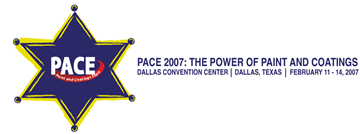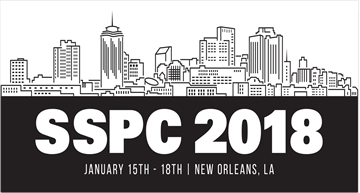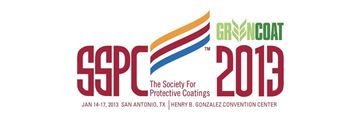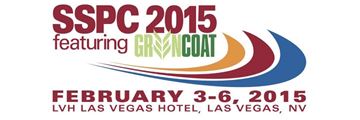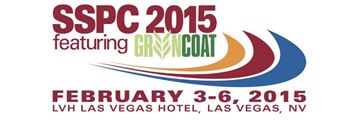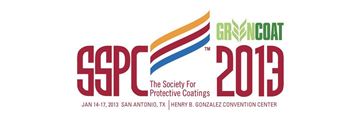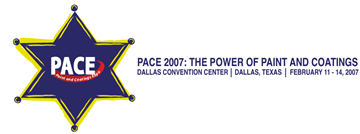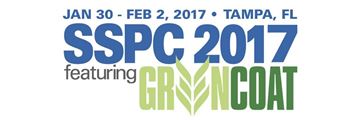Search
Products tagged with 'coatings'
View as
Sort by
Display
per page
Technology Assessment of Architectural Coatings Relative to Regulatory Concerns in the South Coast Air Basin-Draft
Product Number:
41207-320-SG
Publication Date:
2007
$20.00
Technology from Outter Space to Earth: Silicones as Protective Coatings
Product Number:
41214-864-SG
Publication Date:
2014
$20.00
Temporary Coating for In Process or Storage Applications
Product Number:
51218-092-SG
Publication Date:
2017
$20.00
Test Method Development for Improved Laboratory Accelerated Weathering of High Performance Coatings
Product Number:
41213-803-SG
Publication Date:
2013
$20.00
Testing Adhesion of Coatings on Concrete Using ASTM D7234
Product Number:
41215-895-SG
Publication Date:
2015
$20.00
The Color of History: When the Brooklyn Bridge is Your Canvas
Product Number:
41215-937-SG
Publication Date:
2015
$20.00
The Critical Truth Regarding Aerospace Coatings in the 21st Century
Product Number:
41213-795-SG
Publication Date:
2013
$20.00
The Development of Electronic Data Gathering for the US Navy Robust Functional Paperless Paint Project (RFPP)
Product Number:
41214-809-SG
Publication Date:
2014
$20.00
The Edgy Truth About Corrosion - How Carbon Nanotubes (CNT’s) are Redefining Edge Protection
Product Number:
51220-251-SG
Publication Date:
2020
$20.00
The Effect Of Process Parameters On Pack Aluminizing Of UNS S30400 Stainless Steel
Product Number:
51321-16946-SG
Publication Date:
2021
$20.00
The Effect of Restrictive VOC Regulations on High Performance Coatings
Product Number:
41207-359-SG
Publication Date:
2007
$20.00
The Effectiveness of Energy Efficient Coatings for Military Use
Product Number:
51217-081-SG
Publication Date:
2017
$20.00

